Industry information
Company News
- Aluminum Clear Breeze, Home Coolness - The Secret of Aluminum Alloy Air Conditioning Hood
- Aluminum alloy air conditioning cover: a new choice for home cooling!
- Aluminum veneer: the "invisible warrior" of modern architecture
- Aluminum alloy air conditioning cover: the guardian of coolness in summer homes
- The new trend of aluminum veneer: a perfect encounter between light luxury and practicality
Industry dynamics
- Fluorocarbon aluminum veneer: a perfect fusion of fashion and durability
- Aluminum alloy air conditioning cover, the guardian of coolness in summer!
- The design charm of decorative and beautiful architectural hollow aluminum veneer
- Environmental characteristics of stone patterned aluminum veneer
- Fashion protection, aluminum alloy air conditioning cover upgrades your home style
Frequently asked questions
- What is the production process of aluminum veneer?
- What is the value of recycling and reusing aluminum veneer?
- What are the thickness and specifications of aluminum veneer?
- What is the environmental performance of aluminum veneer?
- What are the manufacturers of aluminum veneer?
contact us
Mobile:+86 15627778610
Email: 2201229786
Address: No. 5 Binjiang Road, High tech Zone, Zhaoqing City, Guangdong Province
Lightweight and powerful coexist! The story of aluminum veneer architecture is refreshing to you!
- Author: Xinlongtai Aluminum Industry (Guangdong) Co., Ltd
- Release time: March 18, 2025 09:13:28
- Click:0
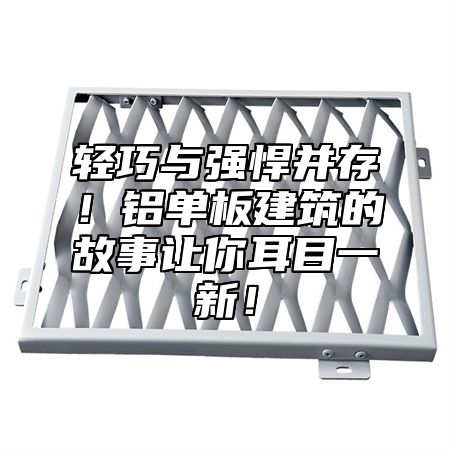
Aluminum veneer, as a new type of building material, has become increasingly popular in the construction industry in recent years. It not only has the characteristics of lightness, but also has strong performance and durability. Let's listen to the story of aluminum veneer architecture together and experience the charm of lightness and strength coexisting.
One of the biggest features of aluminum veneer is its lightweight design. Compared to traditional concrete and brick structures, aluminum veneer can greatly reduce the weight of buildings, thereby lowering the foundation cost and construction difficulty of buildings. The strength of aluminum veneer is also very high, which can withstand large wind pressure and seismic forces, ensuring the safety and stability of buildings. This makes aluminum veneer a very suitable building material for important places such as high-rise buildings and large commercial centers.
Aluminum veneer also has excellent corrosion resistance. Due to its special surface treatment, it can be used for a long time in various harsh environments, extending the service life of buildings. Aluminum veneer also has good thermal insulation and fire resistance, which can effectively reduce energy consumption and fire risks, and improve the energy efficiency and safety of buildings.
Again, the color options for aluminum veneer are also very diverse. In addition to traditional basic colors such as white and gray, you can also choose bright colors such as gold, silver, black, and red, as well as various floral patterns such as gradient colors and patterned colors. These colors not only meet the needs and design requirements of different customers, but also add unique charm and personality to buildings.
Aluminum veneer can also achieve more intelligent applications through intelligent control systems. For example, sensor technology can be used to monitor aluminum veneers in real-time, automatically adjusting the color effect based on changes in ambient light, thereby improving the comfort and aesthetics of buildings. Artificial intelligence technology can also be used to intelligently analyze and predict aluminum veneers, improving the safety and reliability of buildings.
Aluminum veneer, as an important component of future building materials, not only has the characteristics of lightweight, but also has strong performance and durability. Only through continuous innovation and improvement, strengthening product research and innovation capabilities, can we meet the market's demand for high-quality and high-performance aluminum veneer. It is necessary to strengthen research and development of new materials and processes, explore more environmentally friendly, energy-saving, and efficient production processes and technological means, and promote technological innovation and development in the aluminum veneer industry.

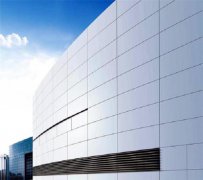
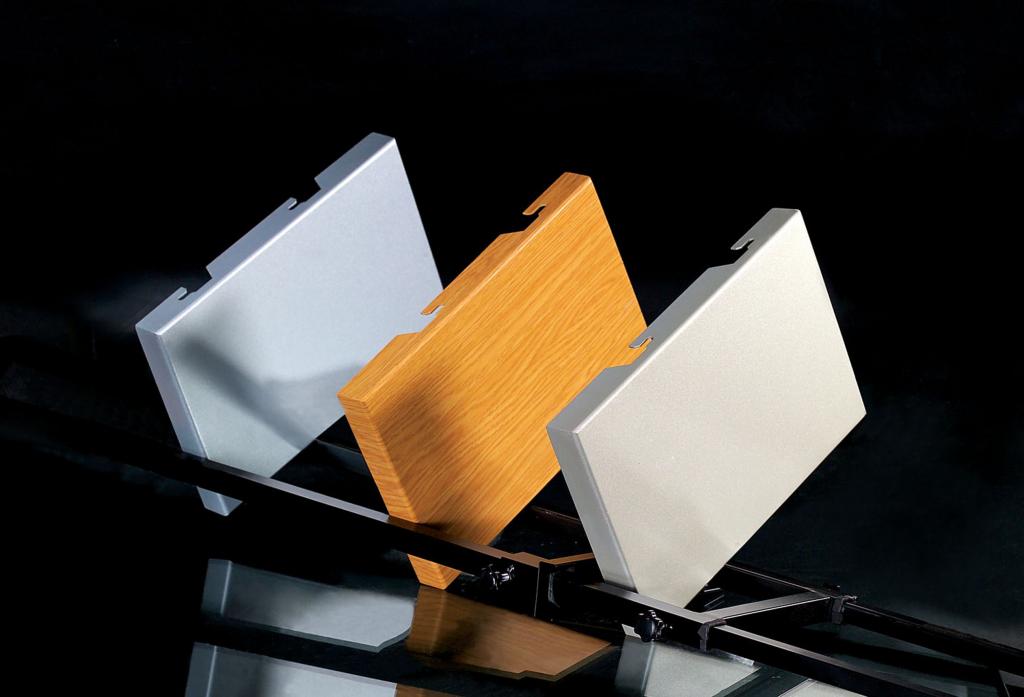
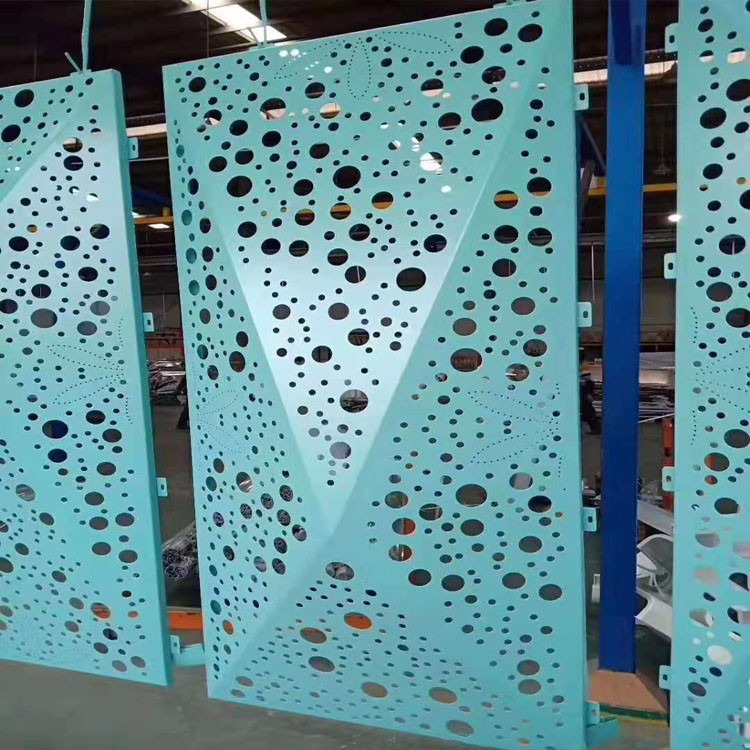
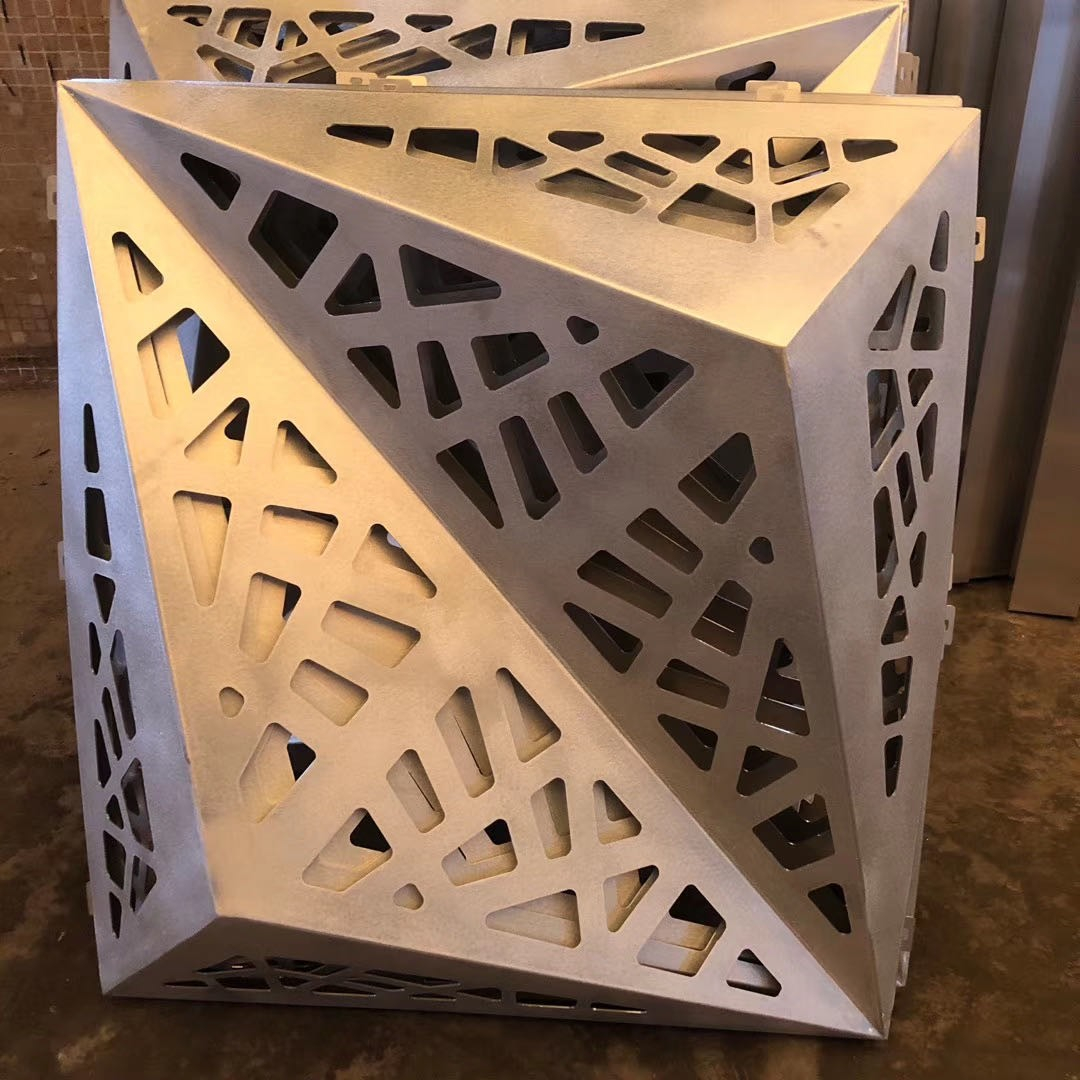
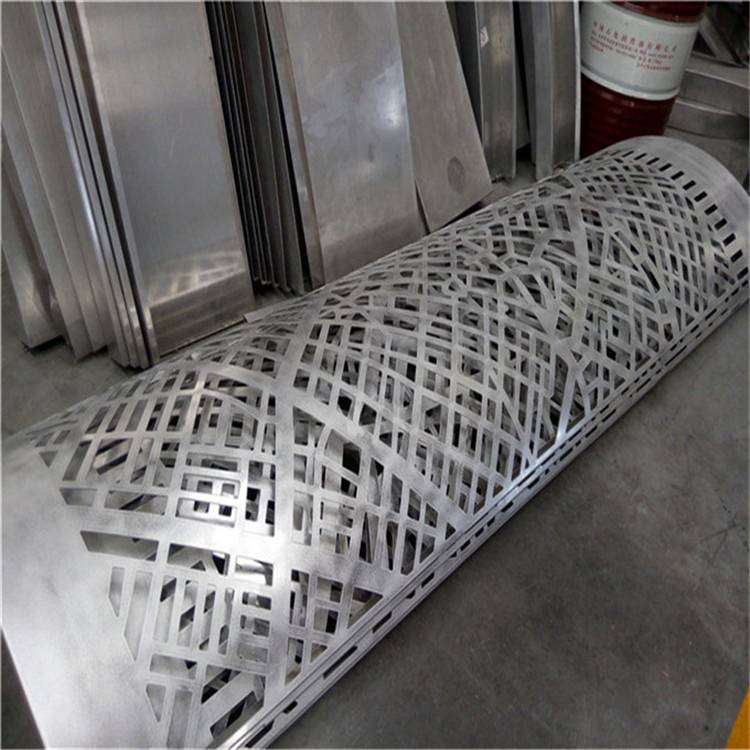

 Customer service QQ
Customer service QQ